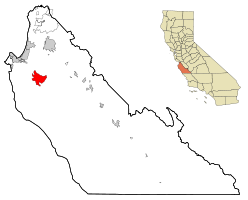
Carmel Valley is an unincorporated community in Monterey County, California, United States. The term "Carmel Valley" generally refers to the Carmel River watershed east of California State Route 1, and not specifically to the smaller Carmel Valley Village. For statistical purposes, the United States Census Bureau has defined Carmel Valley as a census county division (CCD), with an area covering approximately 189 square miles (490 km2). At the time of the 2020 census the CCD population was 6,189. In November 2009, a majority of residents voted against incorporation.

Joseph Jacinto Mora was a Uruguayan-born American cowboy, photographer, artist, cartoonist, illustrator, painter, muralist, sculptor, and historian who lived with the Hopi and wrote about his experiences in California. He has been called the "Renaissance Man of the West".

The National Steinbeck Center is a museum and memorial dedicated to the author John Steinbeck, located at the California State University, Monterey Bay at Salinas City Center building at One Main Street in Salinas, California, the town where Steinbeck grew up.

The Jose Eusebio Boronda Adobe is a Monterey Colonial style building from 1846, located in Salinas, Monterey County, California. It is listed on the National Register of Historic Places in 1973, and is a California Historical Landmark.

Eucalyptus Tree Row, also known as Carmel Valley Road-Boronda Road Eucalyptus Tree Row, is located on Boronda Road off Carmel Valley Road in Carmel Valley, California. The unusual street side row of Eucalyptus globulus trees was planted sometime between 1874 and 1881, by Nathan Weston Spaulding, during the species' peak popularity in California for landscaping. The landscape feature was listed on the National Register of Historic Places on January 10, 2008.

The Monterey County Trust & Savings Building, also known as China Art Center, is a historic Spanish Mission Revival commercial building in Carmel-by-the-Sea, California. It was designed by architects H. H. Winner Co., of San Francisco and built in 1929–1930, by Hugh W. Comstock and Michael J. Murphy. It was designated as an important commercial building in the city's Downtown Historic District Property Survey on October 18, 2002.

Holman Ranch was originally part of the Rancho Los Laureles, a 6,625-acre (26.81 km2) Mexican land grant in present-day Monterey County, California. The ranch passed through many hands until 1928, when San Francisco businessman, Gordon Armsby, purchased 400 acres (160 ha) in Carmel Valley, California, that would become the Holman Ranch. Today, the Holman Ranch continues as a privately owned winery.
The following is a timeline of the history of Carmel-by-the-Sea, California, United States.
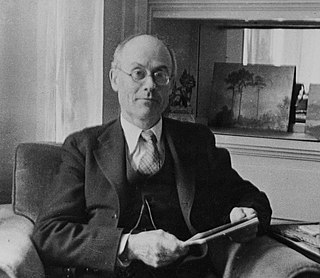
Louis Stanislaus Slevin, was an American photographer, known for his black-and-white images of the Monterey Peninsula. He was a pioneer in the early days of Carmel-by-the-Sea, California, the first to open a general merchandise store in 1905, the first postmaster, first express agent, and first city treasurer. His photographs of Carmel from 1903 to 1835 are recognized as historically important as an invaluable record of Carmel's historical past.
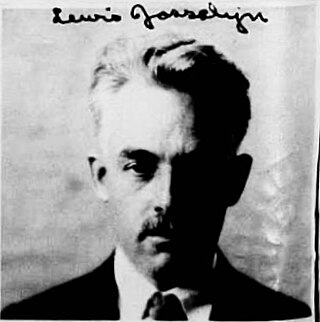
Lewis Josselyn,, was an American portrait, landscape, and community photographer and early resident of Carmel-by-the-Sea, California. He was the official photographer for the Forest Theater, a historic amphitheater in Carmel.

Hatton Fields is an unincorporated community southeast of downtown Carmel-by-the-Sea in Monterey County, California, United States. Homes have views of Carmel Valley, Point Lobos, and Carmel Bay. The residential neighborhood is bordered by Rio Road to the south, Hatton Road to the north, Hatton Canyon to the east, and Junipero Street to the west. The terrain is rolling and naturally landscaped with mature oaks, redwoods, and Monterey Pine trees. Carmel High School, Carmel Mission, and Flanders Mansion are landmarks in this neighborhood. Carmel Mission and Flanders Mansion are two properties that are listed on the National Register of Historic Places. The Mission Trail Nature Preserve runs adjacent to Hatton Fields. Homes are part of the Carmel Unified School District.
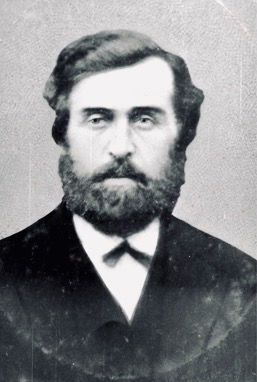
John Martin, was an early pioneer of Monterey County, California. In 1859, he purchased 216 unsettled acres (87 ha) near the mouth of Carmel Valley near today's Carmel Mission, before the development of Carmel-by-the-Sea. The Martin homestead is now called Mission Ranch. It was bought in 1986 by Clint Eastwood, who restored the farmhouse, cottage, and barn in the style of the original buildings.

Franklin Benjamin Porter, was a pioneer businessman and real estate developer of Monterey Peninsula. In 1926, he launched the first residential subdivision in Carmel Valley, California that became Robles del Rio, California. Porter went on to develop other properties in the valley including the Robles del Rio Lodge, Robles del Rio Carmelo Water Company, and the Hatton Ranch in Carmel Valley.

William Hatton was an American businessman who was one of Carmel Valley, California's pioneers. He was manager of the dairy and cattle interests of the Pacific Improvement Company, acquired land of his own, and became one of the wealthiest dairymen in Monterey County.

José Manuel Boronda, was the first ranchero settler in Carmel Valley, California. He and Vicente Blas Martínez were given the 6,625-acre (26.81 km2) Rancho Los Laureles Mexican land grant in present-day Monterey County, California on September 20, 1839, by Governor Juan Alvarado. Many of the Boronda historic sites still exist, including the Los Laureles Lodge, Carmel Valley Village, Road-Boronda Road Eucalyptus Tree Row, Manuel Boronda Adobe (1817), José Manuel Boronda Adobe, and the Jose Eusebio Boronda Adobe.
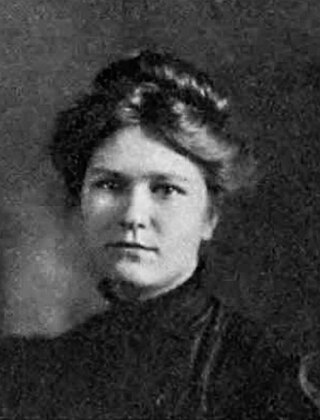
Dene Denny was an American musical theater producer who, along with co-founder Hazel Watrous, established the Denny-Watrous Management. They played pivotal roles in the inception of the Carmel Music Society, the Carmel Bach Festival, and Monterey's First Theater. Their residence, the Denny-Watrous Studio, served as a hub for hosting musical concerts and lectures. Watrous and Denny held a strong belief that Carmel had the potential to become the "epicenter of world-class music."

The First Theater also known as the First theater in California, is a historic adobe and wood building in Monterey, California, United States. It was built in 1846-1847 as a lodging house and tavern for sailors, by English seaman and pioneer Jack Swan. Swan's Saloon staged the inaugural theatrical presentations in California. On January 31, 1934, the building was officially designated a California Historical Landmark #136.

Allen Knight, an American merchant seaman and political figure in Carmel-by-the-Sea, California. He had eight years on the Carmel City Council, a two-year mayoral term, and a 23-year tenure on the Carmel Sanitary District Board.

